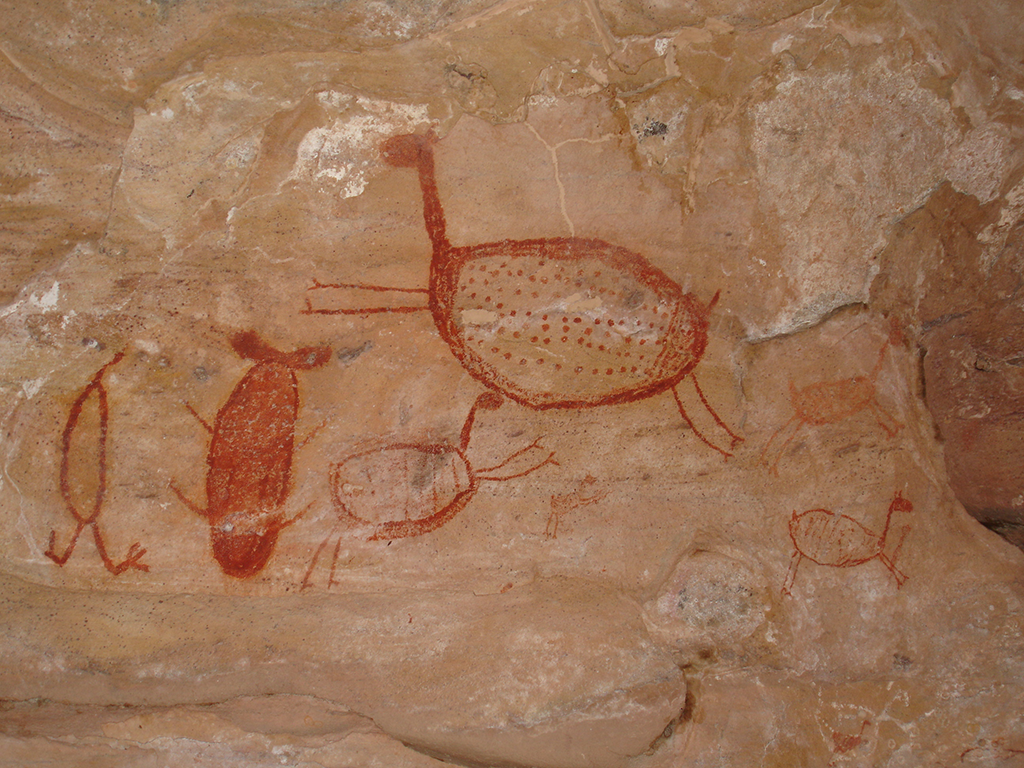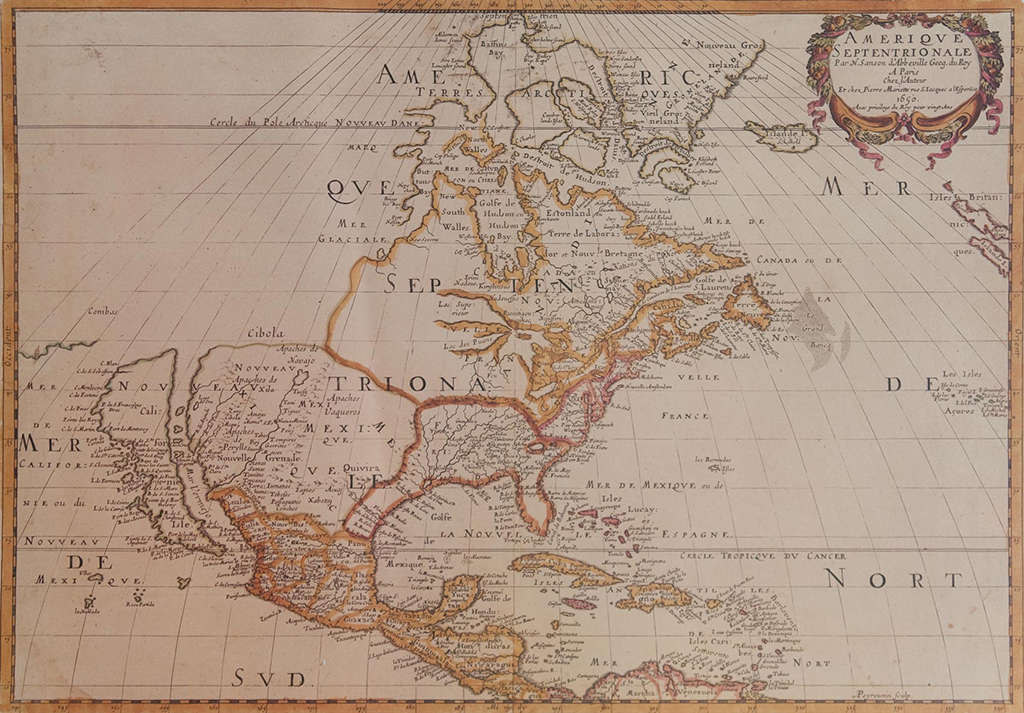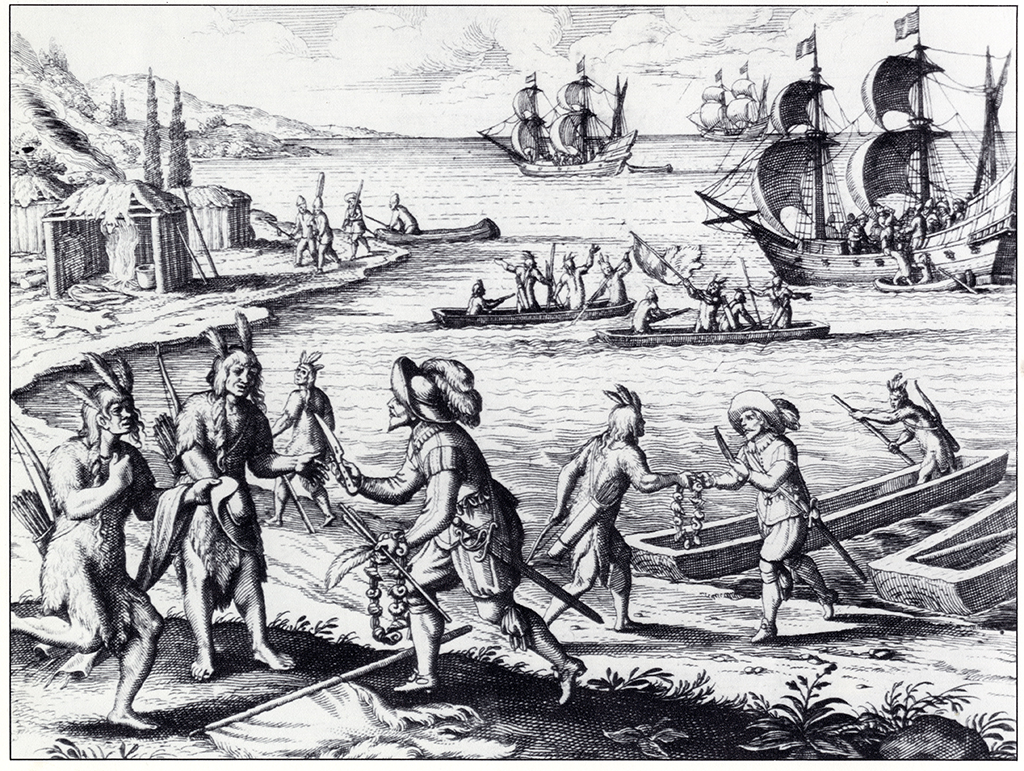During much of the early twentieth century, scholars considered state histories (like California History or New Mexico History) to be parochial or provincial. Both terms connoted narrow minded concern for local conditions at the expense of more important, national or big-picture narratives. In other words, many academic historians considered state histories to be marginal and unimportant. The prevailing idea was that courses and studies focused on Western Civilization or U.S. History provided complete stories that mattered to the widest number of people. State histories, on the other hand, mattered only to some. For these reasons, proponents of state or regional histories often found themselves on the defensive, at least in academic circles. With the acceleration of research in fields like ethnic studies, gender studies, and borderlands history, however, these attitudes have largely changed.
Many different people over the years have asked the question “why New Mexico History?” In certain respects New Mexico has long been isolated from the outside world. It is distant from Madrid, Mexico City, and Washington D.C., capital cities of the empires and nations to which it has belonged. The region was also far from important trade centers. Its rivers did not provide channels of commerce or transportation, as did rivers in the eastern section of North America. New Mexico’s people have dealt with such isolation over time in a variety of different ways. They have also had to confront an arid and harsh climate.
Yet, from another perspective, New Mexico has never been that isolated from the outside world. Instead, it has formed part of a larger frontier region. Scholars of American Western history have engaged in lengthy debates about the significance of the frontier as a concept. For our purposes, “frontier” refers to the places and processes in which people of different cultures and backgrounds meet and make accommodations to one another. The history of this region is indeed a story of intercultural contact. By the 1200s CE, the Athabaskan ancestors of later Apache and Navajo peoples came into contact with Ancestral Puebloan peoples. After 1530, Spanish conquistadores made inroads into the Pueblo world of the upper Rio Grande. In 1848 the Treaty of Guadalupe Hidalgo transferred New Mexico and its people to U.S. jurisdiction. In all cases, conflicts and complex compromises accompanied conquest. Each time a different society emerged.
In focusing on the national at the expense of the regional or local, historians neglect the histories that do not easily fit into the larger story. New Mexico is part of a frontier region with histories all its own. The stories of the people in this area provide scholars with new perspectives and insights on American or Mexican history. Its periodization differs from that of U.S. History. The history of New Mexico’s indigenous peoples stretches back to about 11,000 BCE when their first ancestors arrived in the area. Its colonial history began in the 1530s with the arrival of the Coronado expedition. New Mexico was a Spanish colony between 1598 and 1821, after which it was part of the Mexican republic. Its place in U.S. History is relatively recent compared to other areas in the nation.
The political geography of the state of New Mexico is also a fairly recent development. As early as the 1520s officials and potential explorers in Mexico City imagined a Nuevo México far to the north that held riches and cultures comparable to those of the Aztec Empire. Its very name was based on the dreams of Spanish colonizers; they hoped to find a second Mexico when they traveled beyond the confines of the northern-most reaches of New Spain. Their dreams had no specific geographic limitations. Their imagined Nuevo México would be wherever they found it. As the colony took shape in the seventeenth century, its boundaries were thus quite fluid. Any native peoples subject to the Spanish Crown north of the point on the Rio Grande dubbed El Paso del Norte were considered part of New Mexico. There was no “boot heel” or neat geographic shape to set it off from surrounding areas. Because it was not confined to its present-day state boundaries until well into its U.S. period, I include the broader history of what became the U.S.-Mexico borderlands in the story of New Mexico.
The twin issues of scale and perspective are central to an understanding of New Mexico’s history and cultures. Due to the great distances between Santa Fe and Mexico City, local conditions and relations with Pueblo peoples played major roles in shaping its colonial administrative systems. New Mexico’s Spanish colonial story can be considered at local, regional, viceregal, and imperial scales. The concerns of the Spanish Crown did not always match those of the governors stationed in Santa Fe, nor those of the heads of Pueblo villages. An examination of New Mexico’s past at all of these various levels yields unique, and equally important, pieces of its historical puzzle.
Currently, New Mexico is considered as part of a region called the “Southwest.” If we pause to think about that terminology, however, we realize that designation is relative to its place in the United States. There are also other ways of perceiving New Mexico’s geographic place. Puebloan peoples have long considered it to be the center of their world. For Spanish colonizers, it was the far northern frontier. To American participants in the Santa Fe Trade, it was the gateway to Mexico. Such issues of perspective matter because viewing New Mexico’s history from only one angle tends to minimize the stories that were, and are, important from other perspectives. As you study New Mexico’s past, reflect on the particular lens(es) through which you tend to think about the region’s history. What perspectives do you privilege? Which do you leave out? What can be gained by switching your scale of analysis or your perspective?
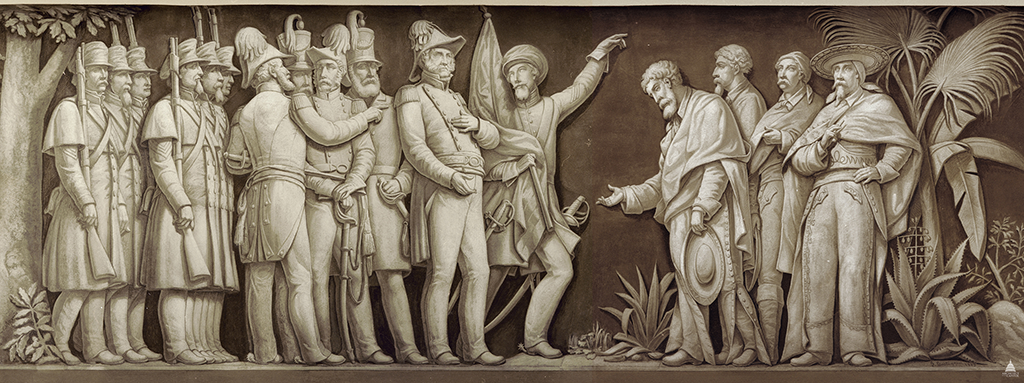
Europeans’ notions of America’s indigenous peoples provide an important illustration of why scale and perspective matter. When Christopher Columbus happened upon the Americas, he found places and peoples that were previously unknown to Europeans. He had been attempting to locate a western passage to India. In his excitement to report a successful journey to the Spanish Crown, he called the indigenous peoples of the Americas “Indians”—a misnomer that has remained in place to the present day. Within only a few years, however, European explorers realized that they had encountered what was, to them, a “new world.” In order to explain the existence of America’s natives, they turned to what they knew, including the Bible and Classical Greek and Roman texts. Some hypothesized that “Indians” were the descendants of a lost branch of the house of Israel. Others thought they had found something akin to Plato’s lost Atlantis.
Indeed, some historians of Latin American History have used the analogy of locating life on another planet to help us understand the level of bewilderment that accompanied the first contact between Europeans and indigenous Americans. Native peoples were equally surprised by the Europeans’ arrival in their homelands. They also turned to their current belief systems and worldviews to explain the existence of the colonizers.
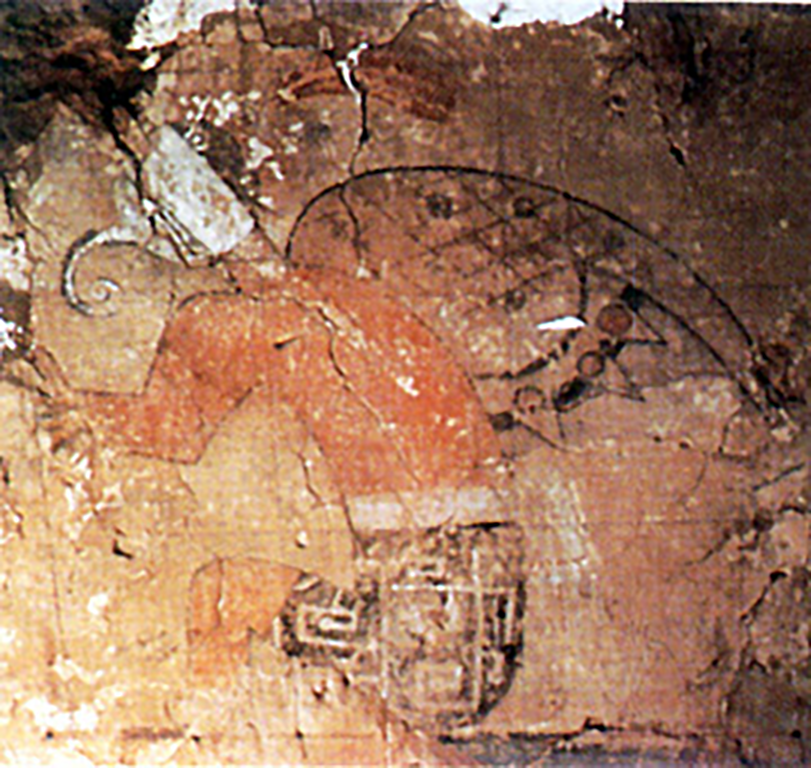
Most indigenous groups, however, did not use written language to keep records or communicate when the Europeans first arrived. As Europeans turned to their own history as a means of explaining indigenous peoples, they used rubrics for civilization that had been outlined by Greeks and Romans. In early Greece, for example, “civilized” people spoke Greek, adhered to Greek beliefs and customs, and participated in recognized political systems. Other people were considered “barbarians,” a term that originally meant that they spoke a language other than Greek. Following a similar pattern, Europeans deemed non-literate indigenous societies as less than civilized. They often referred to them as “savages” or “barbarians.” By the late Spanish colonial period, nomadic peoples such as Comanches and Apaches were still called indios bárbaros. In 1537, forty-five years after Columbus’ initial contact, Pope Paul III issued a declaration of indigenous peoples’ humanity in order to resolve contentious debates over the issue. In the early sixteenth century, the idea that natives were human essentially meant that they were capable of conversion to Catholicism—not that they were the equals of their European counterparts.
In this context, Europeans considered indigenous Americans to be “people without history.”5 By their estimation, native peoples’ lives were static until they arrived and set them into motion. Only when their history was recorded in written format could it begin to exist. Such attitudes furthered the missionary impulse. Because Europeans believed that indigenous peoples needed salvation through conversion to the one true faith, anything they had done previous to that conversion did not have much value. This imperialistic viewpoint served to erase the stories of native peoples who, contrary to prevailing European beliefs, had a rich and vibrant history prior to 1492.
The unfortunate result of these attitudes was that native stories were not included in the histories of colonizers, even though they informed the creation and growth of colonial societies throughout the Americas. Even as recently as the early twentieth century native stories were omitted from academic histories. By the standards of Western scholarship, oral traditions were considered flimsy at best. Their living nature subjected them to scholarly criticisms of their accuracy, and their reliance on supernatural explanations further alienated them from scholars. Recently, however, academically trained historians have recognized the importance of adding such sources to the historical record. When the perspectives of native peoples are considered on their own terms, they can help us to recover important perspectives that have been erased. As we bring together all types of sources, whether written, oral, cultural, or artistic, and examine them critically, we are able to add new layers to New Mexico’s histories.
